Outside of Charleston, South Carolina about 25 miles northeast of the city, I saw a road sign on Highway 17 for the Sewee Environmental Education Center. In a split second decision, I hit the brakes of my rental car and exited to investigate another section of the South Carolina Lowlands in my quest to find an American alligator. The next few hours outside in the swamp and coastal waters of Cape Romain National Wildlife Refuge were the highlight of my two-day road trip through coastal South Carolina.
Make Tracks. Explore nature, Discover wilderness. America’s National Wildlife Refuges banner outside Sewee Environmental Education Center, South Carolina.
The center was empty of visitors when I arrived on a Thursday morning. My good fortune was to spend 30 minutes being educated by a forest ranger on the center and local wildlife attractions. I was invited into a back room of the center to check out some of the residents.
Diamondback Terrapin
My first alligator sighting was a little cutie at only about 12 inches in length.
American alligator baby.
Outside the Sewee Environmental Education Center there is a boardwalk around a pond and into the swamp. Here I found what I had been looking for the previous four days when I spied an American alligator in the pond under a bush. I had seen this mother alligator’s son, about 2 to 3 feet in length swimming underwater on the other side of the pond.
American alligator in pond outside Sewee Environmental Education Center, Francis Marion National Forest, South Carolina. This alligator was not penned and could freely move deeper into swampland away from the Sewee Center through the water channels connected to the pond.
Side Note: One interesting side note is South Carolina native Francis Marion was the Revolutionary War hero who the Mel Gibson film ‘The Patriot’ is loosely based on, although that film has been an award winner for historically inaccurate films. Francis Marion, a guerilla warfare fighter, was known as the ‘Swamp Fox’.
Red Wolf at Sewee Center, the swamp wolves
In researching areas for my coastal road trip, I learned of a place called Alligator River National Wildlife Refuge, North Carolina comprised of 152,000 acres of coastal swamp. My routing through the Outer Banks and north to Norfolk made a stop at Alligator River NWF unfeasible.
Alligator River National Wildlife Refuge is one of the few places where American black bears roam on the eastern seaboard. Even rarer are red wolves. There are estimated to be only about 100 red wolves in the wild and these were all a result of captive breeding and release to prevent red wolf species extinction over the past few decades.
Red wolves once roamed the east coast. They were placed on the endangered species list in 1967. There are about 200 red wolves in captive breeding programs around the U.S.
There were six or seven red wolves at Sewee, South Carolina with four pups born recently. I saw two adult females, but they were shy and moved out of line of sight in their pen when I approached.
Two red wolves in pen at Sewee Environmental Education Center.
Within minutes of my arrival, one of the wolves went inside a den. The wolf pups were in a separate, more remote pen to keep them isolated and away from disturbing human voices.
Visitor viewing area of red wolf pen.
Red Wolf Species Survival Plan went into effect with all red wolf individuals being captured from the wild in 1980. Of these, there were 14 founders who reproduced and are the ancestors of all red wolves today. By 1984, the captive population reached 63 individuals. The successful breeding program led to the first reintroduction into the wild of red wolves in Alligator River National Wildlife Refuge in 1987. Many of the red wolves roaming freely across 1.7 million acres in five counties of coastal North Carolina have radio collars for data collection. The U.S. Fish & Wildlife Service Red Wolf Recovery Program FAQ is an interesting read.
Female red wolf in pen at Sewee Center, Cape Romain National Wildlife Refuge, South Carolina
Walking by the pond again on my way back to the car, the alligator I had seen earlier had moved partially on land. This looks like a large alligator to me.
American alligator at Sewee Center, Cape Romain National Wildlife Refuge.
About five miles from the Sewee Center, Cape Romain has a ferry boat to Bulls Island early in the morning for a wildlife experience with rangers. This is Loggerhead turtle eggs season. Bulls Island in Cape Romain National Wildlife Refuge is the most significant Loggerhead nesting site north of Cape Canaveral, Florida. U.S. Fish & Wildlife Service Cape Romain Turtle Project.
I arrived at the shoreline of Cape Romain and headed out on the dock.
As I reached the end of the dock I spotted a dolphin leaping out of the water as it approached my position. I reached into my bag for my telephoto lens. My hand gripped a water bottle and then I realized the telephoto lens was sitting on the front seat of the car, five minutes away. I snapped two photos of the dorsal fin, but no ‘nothing but air’ shots of the dolphin I was seeing with my eyes.
Dorsal fin of dolphin or porpoise at Cape Romain National Wildlife Refuge.
The flatness of the landscape gave me a different perspective than the similar looking Elkhorn Slough estuary of Monterey Bay, California where there are hills over 3,000 feet seen in the distance around the estuary.
The South Carolina lowlands and barrier islands are really low.
Pelican at Cape Romain National Wildlife Refuge.
Pelicans and dolphins are wildlife I have seen in Monterey, California. These were nice sightings, but not unique for me. Then I saw a large bird flying over the forest from the mainland and towards me out on the dock over the sea.
I thought it was an eagle due to its size. I learned this is an osprey. Not an uncommon bird in the U.S., but not often seen around Monterey County.
Osprey at Cape Romain National Wildlife Refuge
Osprey in sky above Cape Romain National Wildlife Refuge.
Within about 30 minutes from a position on the Cape Romain NWR pier, I had seen a dolphin, pelicans, osprey and heard dozens of songbirds in the marsh grasses. I felt a sense of discovery of the real South Carolina along the coast where I could enjoy myself in a place far from the madding crowds of Hilton Head Island, Charleston Harbor and the many coastal resort developments of the lowlands.
Then reality broke down that fantasy love affair. Cape Romain had greeted me with a leaping dolphin and the welcoming sights of large birds.
A speedboat roared up the same intracoastal waterway channel where the dolphin had been swimming thirty minutes before in the opposite direction.
I headed back to my car and drove back out to Highway 17 to continue my coastal road trip north, out of South Carolina. Atlantic Beach, North Carolina had a $100 per night DoubleTree by Hilton hotel room for my destination.
*****
Cape Romain National Wildlife Refuge was Day 5 of a seven day road trip from Jacksonville, Florida to Norfolk, Virginia with visits to St Augustine, Florida; Savannah, Georgia; Charleston, South Carolina; Atlantic Beach, North Carolina; and ferry from Cedar Island to Ocracoke Island and Highway 12 along Outer Banks of North Carolina; Wright Brothers National Memorial at Kill Devil Hills, North Carolina.
Related Posts to Jacksonville, Florida to Norfolk, Virginia road trip:
Jacksonville and the St. Johns River (May 4)
St. Augustine, Florida: History in Black and White (May 5)
Casa Monica St. Augustine, Marriott Autograph Collection (May 6)
$15 to $20 per day in May for one-way rental cars out of Florida (May 7)
Notes from the Atlantic Intracoastal Road (May 9)
If I’m Ever Back This Way (May 9)
Images of Historic Charleston South Carolina (May 10)
Hotel Review: Savannah Andaz Suite (May 11)
Road tripping Highway 17 St. Augustine to Savannah, Georgia (May 13)
St. Simons Island of Georgia’s Golden Isles (May 14)
Hotel Review Bohemian Hotel Savannah Riverfront, Marriott Autograph Collection (May 14)


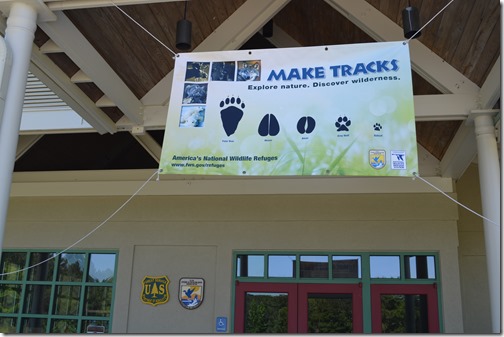
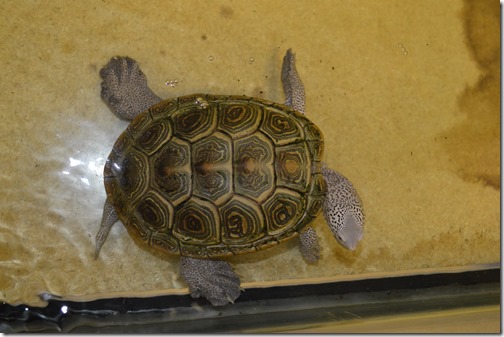
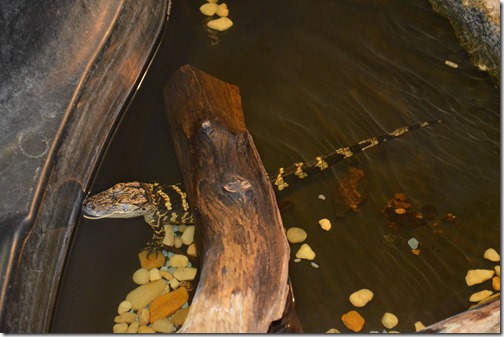
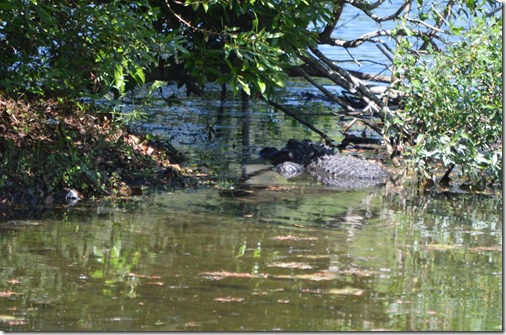
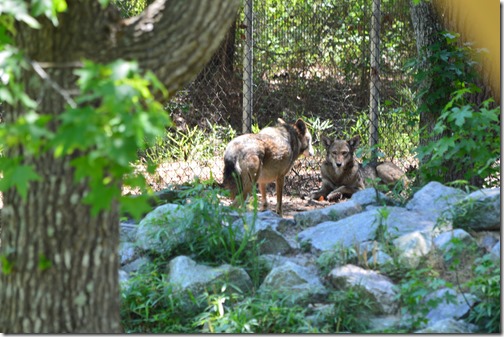
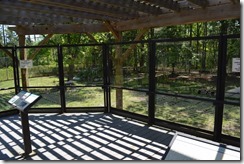
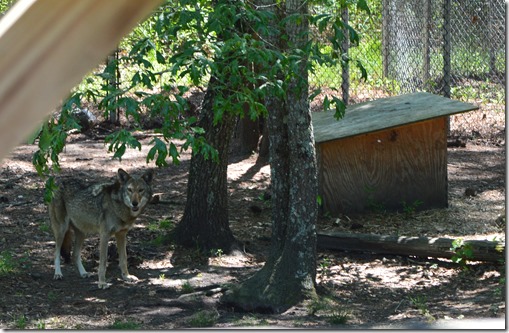
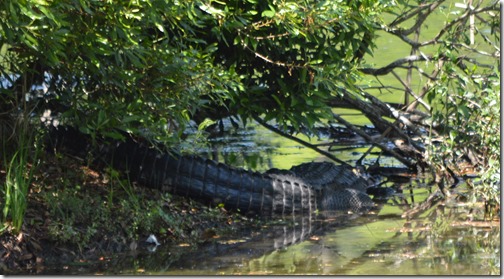
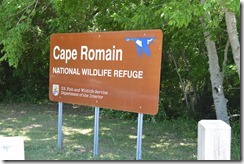
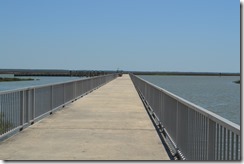
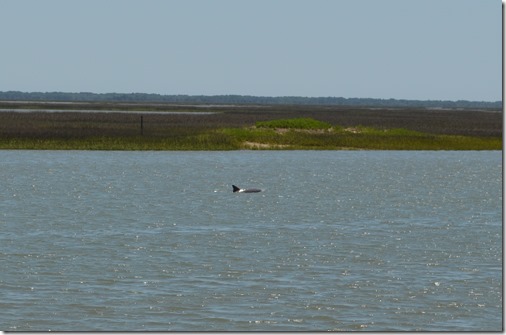
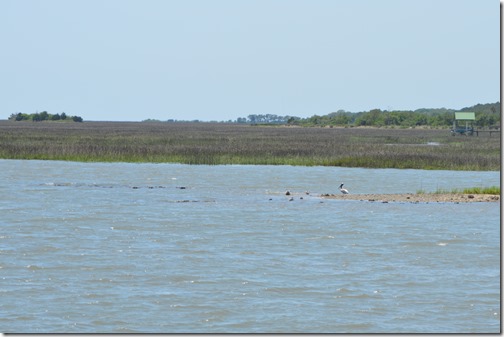
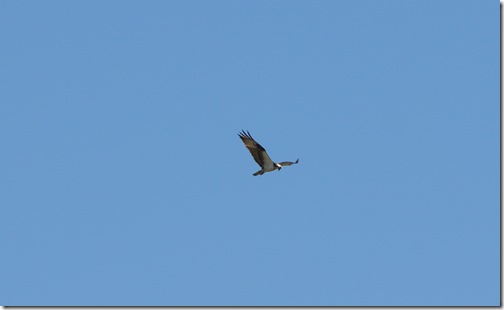
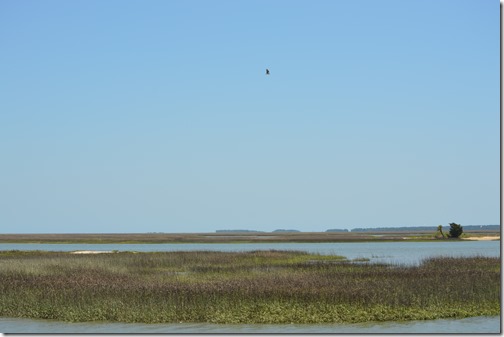
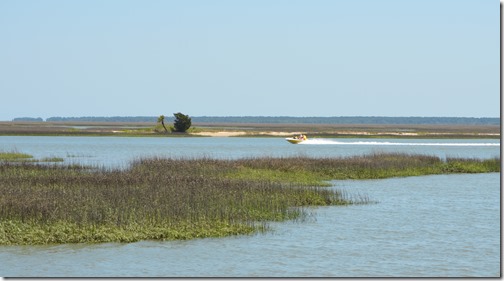

3 Comments
Comments are closed.